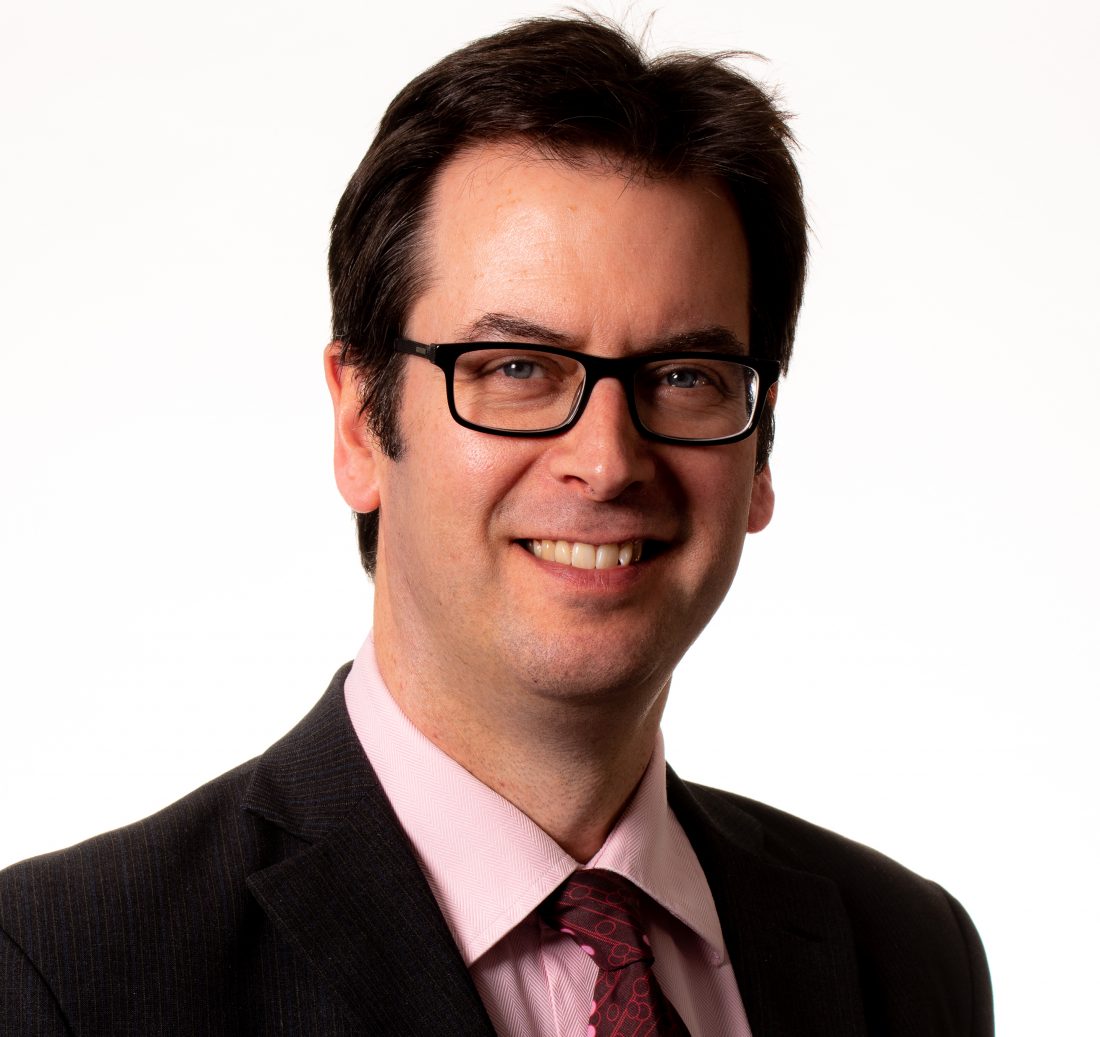When we think of what learning means in schools, the notion of a ‘taught curriculum’ is often at the forefront of our minds. With this comes the classic image of lessons taking place in classrooms, with teachers drawing on schemes of work and programmes of study to build skills and knowledge that will lead students to success in public examinations. Of course, we have a far wider conception of learning and skills development than that, and it is arguably the non-examined core of our curriculum at Northampton High that really gives our learners the edge.
Needless to say, vibrant, modern teaching and learning in academic lessons focused on students taking the initiative, is an absolute necessity and a hallmark of our school. However, when we talk about scattering the paths of learners with opportunities and signposting them to achieve their dreams and ambitions, we must ensure they know what this actually means for them as individuals. This is where the huge range of extracurricular and enrichment options available at school really matters.
I have written previously about the Enrichment programme, which ranges from STEM clubs and societies to creative arts electives, and incorporates all the music, sport and oracy activities within our extracurricular schedule. These activities do much of the heavy lifting in developing better self-awareness and encouraging creativity and independence in students. However, they also support academic areas in helping students to develop the vital problem-solving, reasoning, teamwork, critical thinking, communication, and collaborative abilities they will need in the future.
Within the cocurricular programme there are overtly academic elements, such as clinics to support individual subject areas. However, the majority of the activities tend to be just that, active. There is plentiful evidence that academic performance can be improved by participating in activities that themselves are not seemingly academic in nature. Physical activities such as yoga and dance have positive effects on wellbeing and stress levels. According to research carried out by Dr Brandon Eggleston of the National University in California, ‘mindfulness-based activities such as yoga may assist children in learning in the classroom because they are calmer and find it easier to pay attention and complete tasks’. This is certainly something our Yoga teacher Mrs Eborall would attest to, and she has written for this blog to highlight the benefits of the work she does as part of the Enrichment programme at Northampton High.
“Yoga offers a unique opportunity for students to embrace the wonder of mindfulness. In the Enrichment programme for students of Year 10 and above, gentle Hatha Yoga classes include a variety of techniques like breathwork and meditation to give students real tools to use in times of stress. Through mindful yoga, the students become more connected with their physical and emotional selves, applying awareness to help deal rationally with the pressures of modern life. In addition, mindfulness helps to improve mental clarity, focus and concentration. If you’ve ever felt tearful, exhausted, lacking in motivation, had difficulty sleeping or switching off, then yoga could be just what you need.
Each yoga session, students are introduced to different techniques to activate the parasympathetic nervous system to help feel calm and grounded. They are then guided through a series of poses and sequences to increase endorphins and decrease stress hormones. The end of the session is time for relaxation and meditation to help access deep inner peace. Each weekly session is based around a theme, further designed to inspire, improve wellbeing and help students live purposefully.
If you look at many of the most successful people in the world you will start to see a pattern. So many successful entrepreneurs are committed to wellbeing, including exercise, meditation and reflection in their daily routines. There are many advocates promoting the benefits of yoga and meditation including Beyonce, Tom Hanks, Michelle Obama, Oprah Winfrey and Arianna Huffington. The list goes on but hopefully the message is clear. Yoga and meditation are success formulas well worth following.”
Students in the Enrichment programme either in Key Stage 4 or 5 are able to select a range of activities at various points throughout the four-year journey to taking their A Levels. Of course, all pupils are always encouraged to try new extracurricular activities too. These interests and endeavours weave their way around the academic pathways and lend originality and flavour to the individual learning voyages that are being taken. For our students we believe the future is bright, and, we trust, enriching.
Eggleson, B., The Benefits of Yoga for Children in Schools; International Journal of Health, Wellness & Society, Sep 2015, Vol. 5 Issue 3

